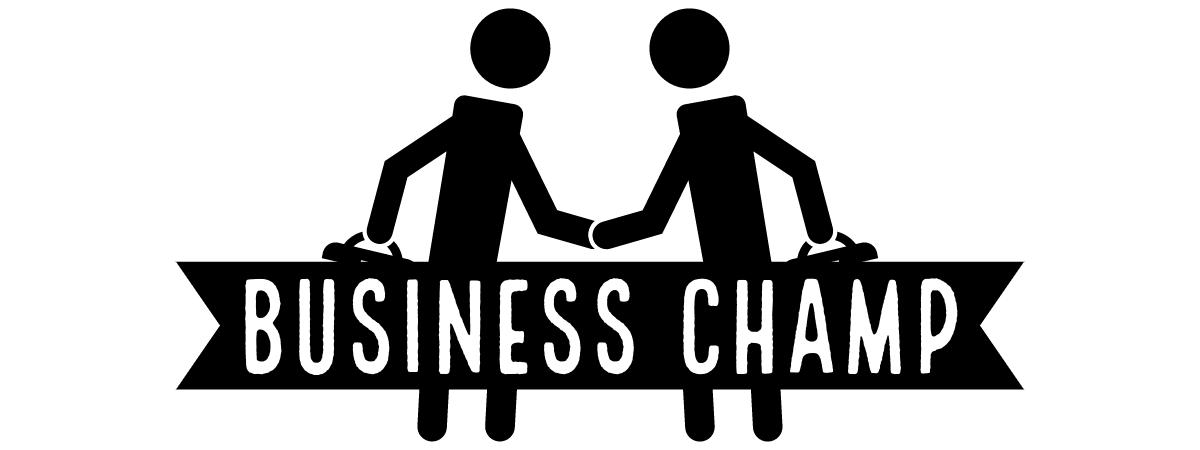Addressing Common Breastfeeding Hurdles: From Clogged Ducts To Mastitis

Breastfeeding is a beautiful and natural experience for many mothers, but it’s not always smooth sailing. From clogged ducts to the dreaded mastitis, many hurdles can arise along the way. This article will explore new moms’ common Breastfeeding. I can assist you in identifying obstacles and offering feasible remedies to surmount them.
Understanding Clogged Ducts And Their Causes
Clogged ducts can be incredibly painful and occur when milk is not properly draining from the breast. This blockage can happen for various reasons, such as incorrect latching, infrequent nursing or pumping sessions, tight-fitting bras, or pressure on the breast. The build-up of milk can lead to inflammation and discomfort.
To prevent clogged ducts, it’s essential to ensure proper breastfeeding techniques. Positioning your baby in a way that allows for a deep latch can help milk flow freely. Maintaining a consistent feeding schedule and avoiding tight clothing can also reduce the risk of blockages. If you experience a clogged duct, there are effective techniques to clear it.
Symptoms And Signs Of Clogged Ducts
Recognizing the symptoms of clogged ducts is crucial for early intervention. Common signs include a tender or painful lump in the breast, localized swelling, redness, and warmth. Some mothers may also experience flu-like symptoms such as body aches and fatigue. It’s important not to ignore these symptoms, as untreated clogged ducts can progress into a more severe condition called mastitis.
Prevention And Treatment Of Clogged Ducts
Preventing clogged ducts is critical to maintaining a comfortable breastfeeding experience. In addition to proper latch and positioning, frequent nursing or pumping can help ensure milk is adequately drained from the breast. Applying warm compresses before nursing and gentle massage techniques during feeding can also aid in unblocking ducts.
If you develop a clogged duct, there are several methods to try for relief. Massaging the affected area while nursing, applying heat before feeding, and using a cold compress can help alleviate discomfort. It’s important to continue nursing or pumping regularly to encourage milk flow. It may be advised to use over-the-counter pain relief in certain situations to help manage discomfort. Pain and reduce inflammation.
Causes And Risk Factors Of Mastitis
Mastitis is an infection that can develop from an untreated clogged duct. Bacteria can enter the breast tissue through a cracked or sore nipple. They are leading to inflammation and infection. This condition is more common in early breastfeeding and can result in the onset of mastitis, which can happen at any time, not just in the initial weeks.
Stage
Certain factors can increase the risk of mastitis, including poor breastfeeding technique, inadequate breast emptying, fatigue, stress, or a compromised immune system.
Symptoms And Signs Of Mastitis
Recognizing the symptoms of mastitis is crucial for prompt treatment. Early signs may include a hard, painful lump in the breast, redness, swelling, and warmth. As the infection progresses, symptoms may worsen. Attention to flu-like symptoms, such as fever, chills, body aches, and fatigue, is essential. If you experience these signs, seeking appropriate medical attention is best. Care is essential.
Treatment Options For Mastitis
If you suspect mastitis, contact your healthcare provider. The medical practitioner may suggest using antibiotics to treat the infection. These medications are designed to combat bacterial infections and work by stopping the bacteria from multiplying or killing them outright. It is essential to take the entire course of antibiotics as the healthcare professional prescribes.
To ensure complete eradication of the infection and prevent any further spread of the disease, it is essential to follow a strict regimen of medication and hygiene practices as prescribed by the healthcare professional. It is recurring. It’s crucial to take the whole course of medication as prescribed. In addition to antibiotics, Breastfeeding or pumping is vital to maintaining milk supply and preventing further complications. Applying warm compresses and gently massaging the affected breast can also provide relief.
Tips For Prevention
Prevention is vital when it comes to mastitis. Ensuring proper latch and positioning can help prevent cracked or sore nipples, reducing the risk of infection. Taking care of yourself by getting enough rest, managing stress, and eating a nutritious diet can also support your immune system. If you notice any signs of a clogged duct, immediately prevent it from progressing into mastitis.
Conclusion And Additional Resources
Breastfeeding may not always be easy, but it can be a fulfilling and gratifying experience. Clogged ducts and mastitis are common hurdles, but with the proper knowledge, it is possible to overcome them. Support. You can navigate these challenges by understanding the causes, recognizing the symptoms, and implementing preventive measures. Remember, seeking help from healthcare professionals and lactation consultants is always recommended for personalized guidance.
For additional resources and support, consider contacting local breastfeeding support groups, online forums, or consulting reputable websites such as the American Academy of Pediatrics or pediatric care centers like Carolina Urgent Care. With the correct information and support, you can navigate the common breastfeeding hurdles. Taking specific measures is essential to guaranteeing a prosperous breastfeeding experience for you and your baby.



